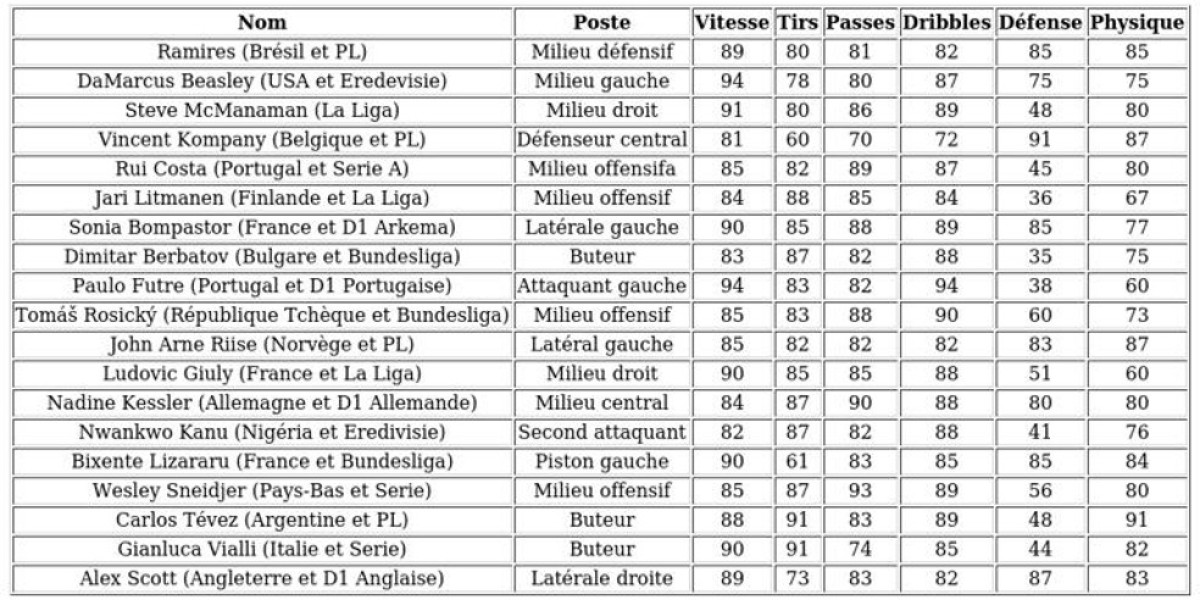Introduction
A dissertation introduction is like the opening scene of a movie – it sets the tone, draws in the audience, and provides a glimpse of what’s to come. So, what exactly makes a strong dissertation introduction? Why does it matter? A well-crafted introduction not only captures the reader’s attention but also lays the groundwork for the entire research. In this article, we'll delve into the key components of a strong dissertation introduction, expert tips, and common mistakes to avoid.
Understanding the Key Components of a Dissertation Introduction
Setting the Context
One of the first tasks in writing a dissertation introduction is setting the context for your research. You need to introduce the broader field of study and explain why your research is important within that context. What are the major issues being explored? How does your research fit into the larger academic conversation?
Defining the Research Problem
Next, you should clearly define the problem that your dissertation will address. Why is this problem worth investigating? What gaps in knowledge are you aiming to fill? This section will set the stage for your research objectives and the significance of your work.
Stating Research Objectives
Your research objectives must be clear and precise. What exactly are you trying to achieve with your dissertation? This is your opportunity to outline the specific questions you intend to answer or the hypotheses you aim to test.
Building a Strong Foundation
Literature Review Summary
While the full literature review comes later in the dissertation, the introduction should briefly touch on the key theories and studies that inform your research. What are the major trends in the existing literature? What have previous studies found, and where are the gaps?
Establishing the Research Gap
It’s essential to show that your research will contribute something new to the field. Identify the research gap – that area of knowledge that remains unexplored or underexplored. This will help justify the need for your study and demonstrate its significance.
Framing the Research Questions
The research questions you present in your introduction are the foundation of your dissertation. These questions will guide your entire research process. Be specific, concise, and focused on the problem at hand.
The Role of Clarity and Precision
Clear and Concise Language
A dissertation introduction should be clear and to the point. Avoid long-winded explanations and overly complex sentences. Instead, aim for a straightforward, concise introduction that doesn’t confuse the reader. Remember, simplicity is key.
Avoiding Overly Complex Jargon
While academic writing often requires technical language, avoid overwhelming the reader with jargon. A good dissertation introduction should be accessible to readers within your field, even if they’re not experts on the topic.
Engaging Your Reader
Crafting an Attention-Grabbing Opening
The introduction should pull the reader in right from the start. Consider starting with a compelling question, an interesting fact, or a real-world example that highlights the relevance of your research.
Using Real-World Examples or Anecdotes
Real-world examples can make your introduction feel more relatable and engaging. For instance, if your dissertation explores a specific social issue, you could start by highlighting a recent event that illustrates the problem.
Linking the Introduction to the Dissertation Structure
Connecting the Introduction to Chapter One
The introduction is the first chapter of your dissertation, and it should smoothly transition into the next chapter. Include a brief overview of what the reader can expect in the upcoming sections. This creates a roadmap for the entire dissertation.
Overview of the Dissertation’s Flow
Provide an overview of the structure of your dissertation. This can help the reader understand how your research is organized and give them a preview of the key sections.
Aligning the Introduction with the Research Methodology
Highlighting the Chosen Research Approach
Your introduction should briefly explain your research methodology. What type of research design will you use? Are you conducting qualitative or quantitative research? This section will give the reader a sense of how your study will be carried out.
Explaining Methodological Justifications
Why did you choose this particular methodology? What are its strengths? A strong introduction justifies the choice of research methods and explains how they align with the objectives of the study.
Establishing the Research’s Contribution
Defining the Research’s Significance
A key element of your introduction is explaining why your research matters. What is its potential impact on the field? How will it advance knowledge in your area of study?
Demonstrating its Contribution to the Field
Show how your dissertation will contribute to existing research. Whether it’s filling a knowledge gap or offering a new perspective, make it clear how your work advances the academic conversation.
Tone and Style in Dissertation Introductions
Academic Tone vs. Personal Tone
A dissertation should maintain an academic tone throughout. However, the introduction can be slightly more personal, as long as it remains professional. Strike a balance between being formal and approachable.
Maintaining a Professional yet Accessible Style
Your writing should be professional but also accessible to the reader. Avoid being overly verbose or technical; instead, aim for a style that engages and informs without overwhelming.
Common Mistakes to Avoid
Overloading with Information
While it’s important to provide context, avoid overloading your introduction with unnecessary details. Focus on the essentials – the research problem, objectives, and significance.
Being Vague or Too General
Your introduction should be specific and focused. Avoid vague statements or generalizations that don’t add value to your research.
Expert Tips for Writing a Strong Dissertation Introduction
Planning and Structuring the Introduction
A strong introduction doesn’t happen by accident. Take the time to plan and structure your introduction properly. Break it down into manageable sections, and keep track of the key elements you need to include.
Writing in Phases: Drafting and Revising
Your first draft won’t be perfect, and that’s okay! Write your introduction, then revise it several times to ensure clarity and precision. Don’t be afraid to ask for feedback from peers or advisors.
Dissertation Introduction Length and Format
Ideal Length for the Introduction
While there’s no one-size-fits-all answer, most dissertation introductions are around 500-800 words. This is long enough to cover the necessary components without overwhelming the reader.
Formatting and Presentation Tips
Ensure your introduction follows the formatting guidelines set by your institution. This includes proper citation styles, margins, font size, and heading formats.
How to Avoid Common Pitfalls in the Introduction
Ensuring Clarity and Relevance
Every sentence in your introduction should serve a purpose. Be sure your ideas flow logically and that you’re only including relevant information.
Avoiding Redundancy and Irrelevant Details
Stay focused on the essential aspects of your research. Avoid repeating the same points or adding irrelevant details that don’t contribute to your main argument.
The Importance of Feedback
Seeking Input from Advisors and Peers
Don’t be afraid to seek feedback from your advisor or peers. They can offer valuable insights and help identify areas that need improvement.
How to Revise Based on Feedback
Use the feedback you receive to refine your introduction. Be open to constructive criticism and make necessary changes to improve clarity and precision.
Conclusion
Writing a strong dissertation introduction requires careful planning and attention to detail. By setting the context, defining your research problem, and clearly stating your objectives, you can create an introduction that grabs the reader’s attention and sets the stage for the rest of your dissertation. Remember, clarity and precision are key – avoid overloading your introduction with unnecessary details and focus on what matters most. With these tips and expert insights, you’re well on your way to writing an impactful dissertation introduction.
Author Bio:
Gwen Roberts is a seasoned dissertation expert with over a decade of experience in academic writing. Passionate about guiding students, Gwen Roberts specializes in crafting compelling introductions and structuring dissertations for success. Gwen ensures excellence in every project.



